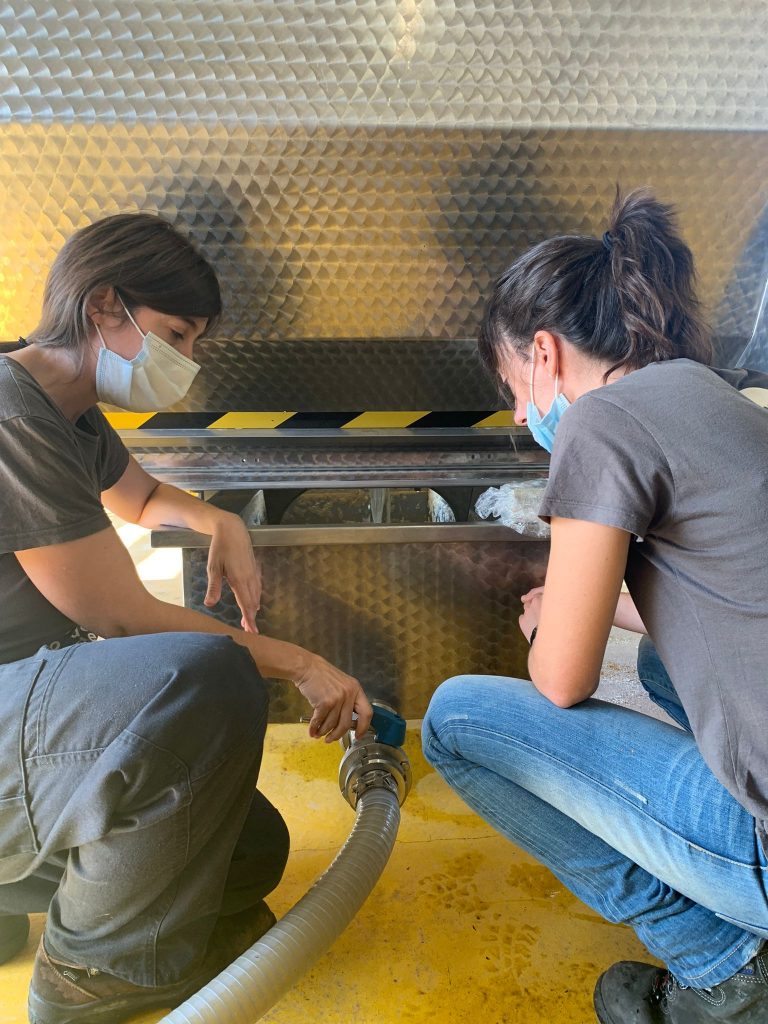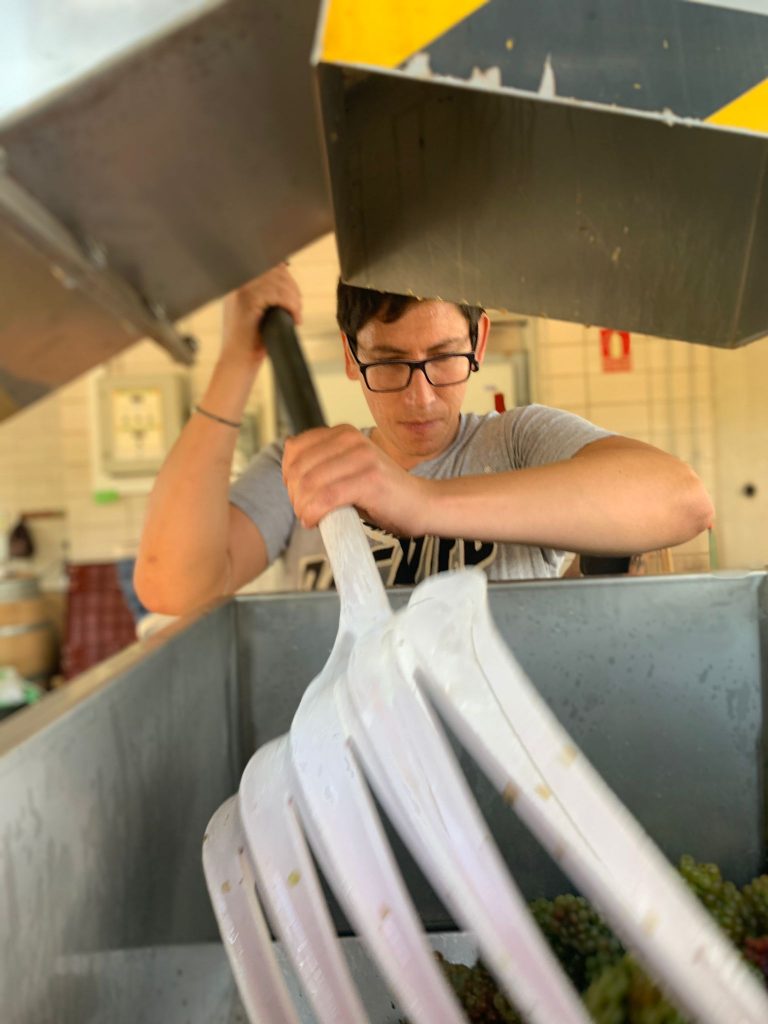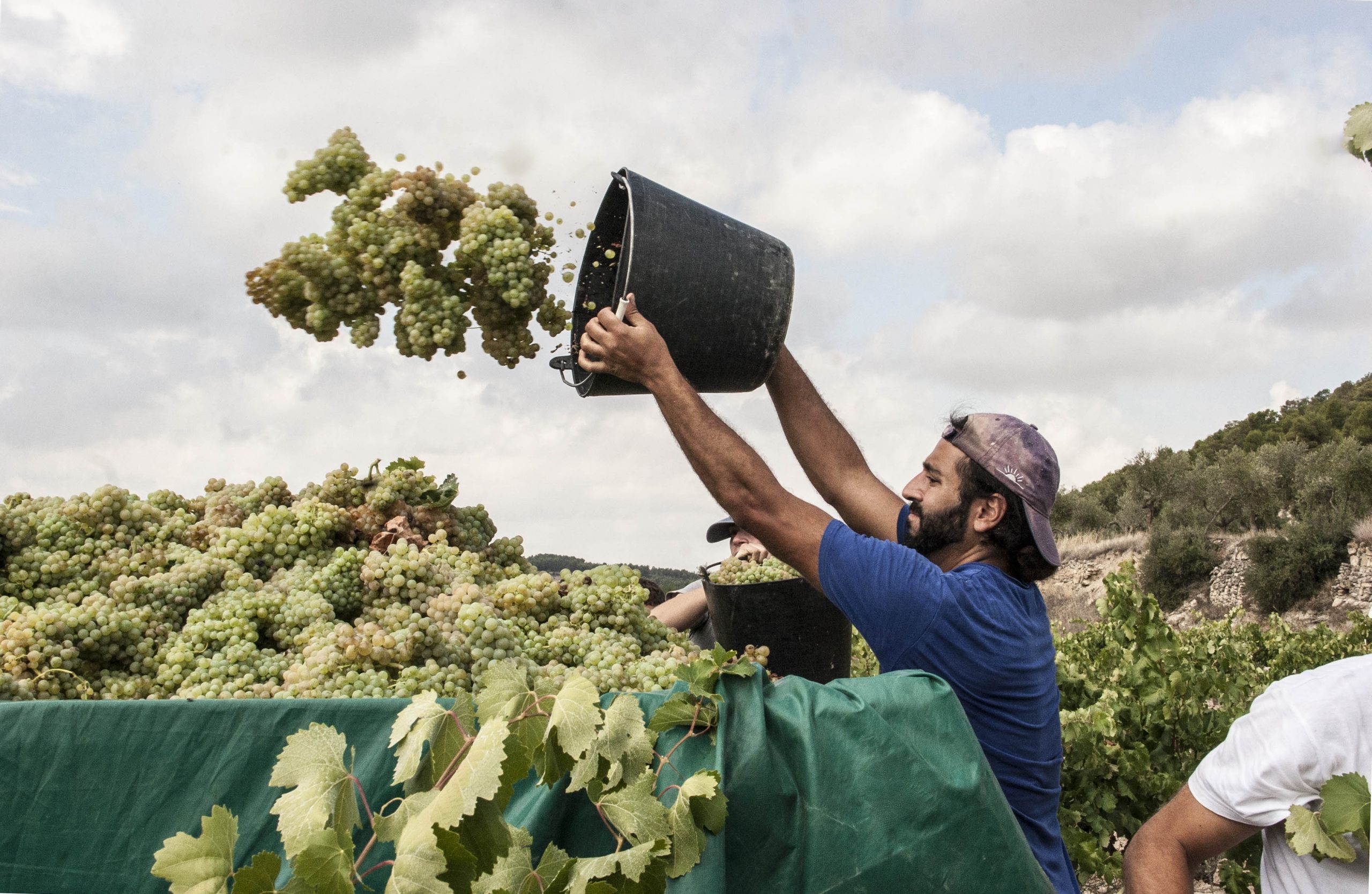The harvest arrives after a very dry year, although the water reserves from this winter and las year have made it possible to withstand and maintain the production and quality of previous campaigns. The 2021 vintage will be the first in which the L’Olivera Reserva sparkling wine will be organic, following the commitment that L’Olivera has made since its inception for respectful agriculture.
Heatwaves, drought and wild boars are three things which have marked this harvest campaign, the second in a pandemic, in which many wineries have been affected by the lack of rainfall this year. As the grapes have remained small in some plots the yield has also decreased.
This is a scenario that, despite being widespread, has not affected all areas in the same way. In the case of L’Olivera, in Vallbona de les Monges, in the Valls del Corb sub-area of the DO Costers del Segre, the impact has been less than expected. Despite the obvious drought, the 2021 harvest, which began this week, is expected to be a good campaign, both in quantity and quality. The accumulated rains of last year, together with the snow of this winter, have left water reserves in the plots of deep soils that have cushioned the lack of rainfall, resulting in moderate water stress, ideal conditions for the vine. However, the flat and rained areas have suffered a little more from the lack of spring rainfall.
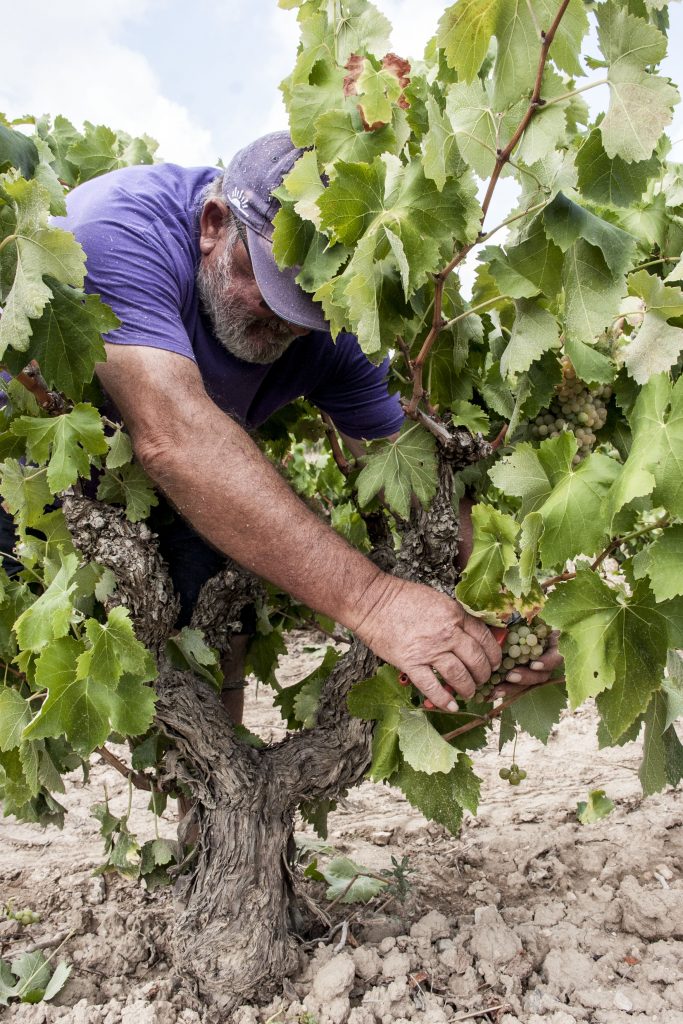
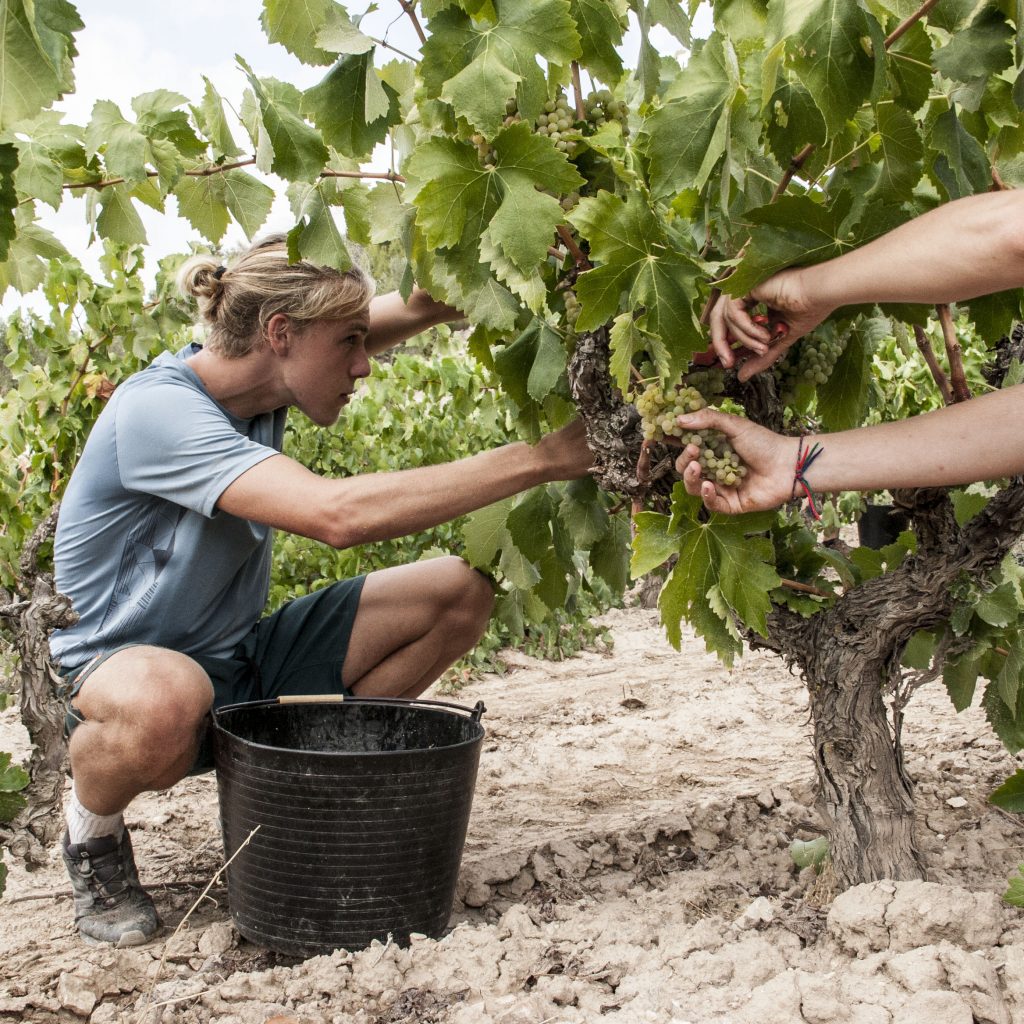
Against this backdrop the harvest has begun with the manual collection of the Macabeo, which will be used to make the sparkling wines of L’Olivera. For the first time, in this campaign this grape will be organic and will allow the first 100% organic vintage of L’Olivera Reserva sparkling wine to be launched on the market. In this way, we can consolidate our commitment to organic viticulture, with our sights set on production that respects the raw material that we at L’Olivera work with manually, work on human scale that allows us to respect the rhythms of nature and the of the people who work with us.
Now, the challenge is to see if the cool temperatures of September nights are maintained at this end of the grape’s maturation, which will help balance the concentration of colour and the synthesis of aromas in the grape, to obtain a balanced fruit. As explained by Pau Moragas, head of production at L’Olivera, “everything points to it being a year of balance and a moderate potential production because the number of grapes per vine, in general, is quite high”. L’Olivera plans, therefore, to maitain production from other campaigns, around 200,000 kg of grapes from the Vall del Corb vineyards.
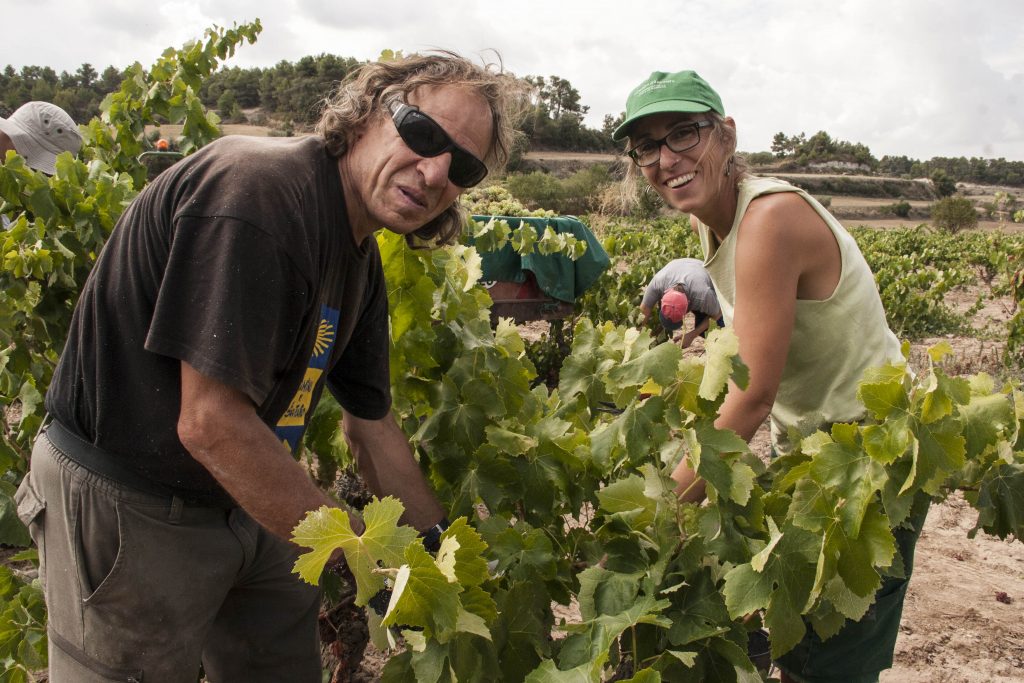
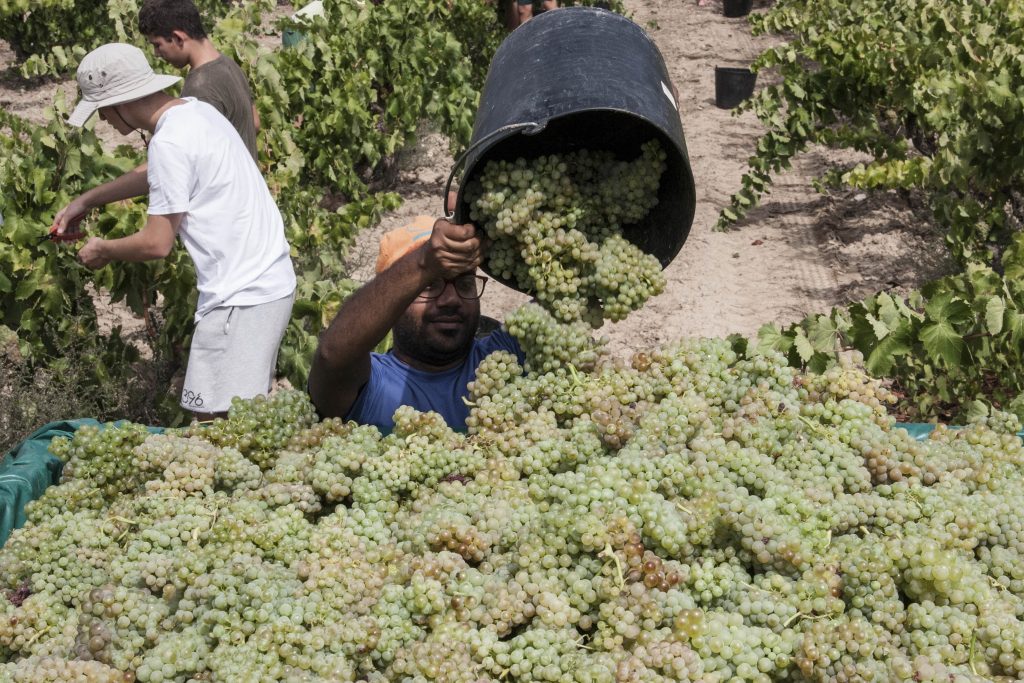
The challenge, according to Moragas, is “translating the quality of viticulture into prices that allow the work done by winegrowers to be valued, a complicated aspect in recent years, especially due to the policies of large companies and the hihg production of large regions that favour low prices”, he says.
The grape harvest in Can Calopa
In the Can Calopa estates in Collserola, the harvest arrives after a very strong drought and a great pressure from the fauna, especially from wild boars, which has forced measures such as the placement of fenced netting in the vineyards. However, as in the case of Vallbona, the water reserves in the soil after last year’s rains have made it possible to endure a very dry year and the plants have suffered less than expected. All in all, it is expected to be a year of good ripening and good grape health, with an average production similar to that of 2019, reaching 6,000 kg of grapes in the Can Calopa vineyards, the only vineyards in the city of Barcelona.
In the case of the Can Gambús estate, which L’Olivera manages in the Parc Agrari de Sabadell, the harvest has already started and expectations are also good, although the drought has affected some varieties, such as Merlot and Chardonnay, which have smaller seeds and, consequently have suffered a slight drop in their yield. However, a campaign of good ripening and good grape health is expected, according to L’Olivera’s winemaker in Can Calopa, Íñigo Haughey, who also foresees good balanced grapes and an average production similar to that of other campaigns, reaching 5,000 kg of grapes in the Sabadell vineyard.
